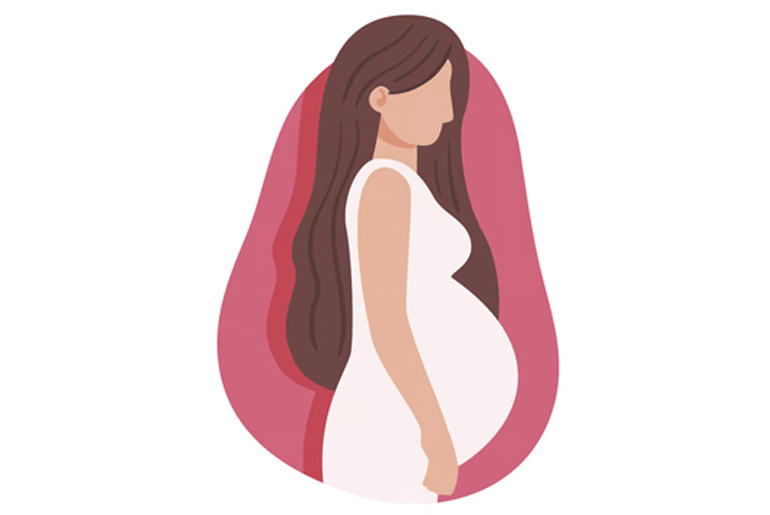Brown adipose tissue (BAT) is a significant area of interest in the context of metabolic health, particularly obesity-related disorders like type 2 diabetes. BAT, traditionally known for its role in helping newborns regulate their body temperature, is now being explored for its potential in adults as a means to combat the obesity pandemic. Researchers at the University of Lubeck’s “Centre of Brain, Behaviour, and Metabolism” (CBBM) have made a breakthrough by identifying a mechanism related to BAT activation, specifically how the mother’s thyroid hormones during pregnancy can influence the offspring’s BAT activity later in life.
BAT is a type of fat tissue that can burn fat and release it as heat. Activating BAT holds the promise of improving metabolism and serving as a new therapeutic target in the fight against obesity and related disorders like type 2 diabetes. Recent studies have shown that lean individuals tend to have more brown fat than obese individuals. However, the reasons for variations in BAT activity among individuals have not been well understood.
The research team at the Institute of Endocrinology and Diabetes at the University of Lubeck’s “Center of Brain, Behaviour and Metabolism” made significant progress in unraveling this mystery using a mouse model. They were able to analyze maternal blood at the CBBM Metabolics Core Facility and identified a potential molecular mechanism: maternal thyroid hormones directly regulate choline, an essential nutrient for pregnant women. This finding suggests that maternal thyroid hormone levels during pregnancy can influence BAT activity in offspring, shedding light on the factors that contribute to variations in BAT function in different individuals. This research may open new avenues for understanding and potentially manipulating BAT activity to improve metabolic health.
“The key to brown adipose tissue activity seems to originate in the mother,” described Dr Rebecca Olkrug, first author of the study. “Mothers with high thyroid hormone levels during pregnancy had offspring with more active brown adipose tissue, while genetic blockade of the beta-thyroid hormone receptor in the pregnant mice triggered the opposite effect.”
“Our study underlines the high significance of the mother’s hormonal situation for the offspring,” explained Prof. Jens Mittag, the last author of the study.
“Unfortunately, in contrast to gestational diabetes, the thyroid is still frequently forgotten in pregnant women. Yet the necessary clinical tests are easy to perform, and there are specific reference values and treatment guidelines from, for example, the European Thyroid Society for Pregnancy.”
Disclaimer:
The information contained in this article is for educational and informational purposes only and is not intended as a health advice. We would ask you to consult a qualified professional or medical expert to gain additional knowledge before you choose to consume any product or perform any exercise.







